Choosing the right fishing lure
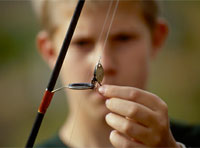 How do you catch a fish? If only it was that simple. There’s a reason it’s called fishing and not catching, right? Read up on the lures on this page, make your choice, then go out and give it a shot.
How do you catch a fish? If only it was that simple. There’s a reason it’s called fishing and not catching, right? Read up on the lures on this page, make your choice, then go out and give it a shot.
And never be afraid to switch it up. Even the pros will try a variety of lures to figure out what the fish are biting on that particular day.
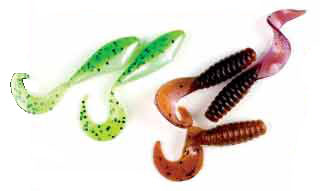 Plastic Worms
Plastic Worms
Plastic worms can be attached to hooks in a variety of ways, such as using them with jigs or hooks with a sinker or even a weedless hook. They should be fished slowly, on or near the bottom, and can be made to swim or wiggle.
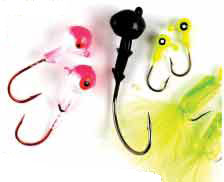 Jigs
Jigs
Jigs are basically hooks with weights molded into the head. They can be found with a large variety of bodies and are meant to be fished slowly, especially in cold weather. Use the lightest jig you can as long as you can still feel when it hits the bottom.
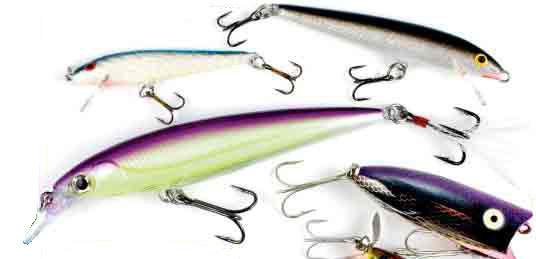 Crankbaits and Plugs
Crankbaits and Plugs
Designed to dive below the surface and wiggle like a fish as they are reeled in, crankbaits can be difficult to handle out of the water because of the multiple hooks. But in the water, they’re a breeze. Vary the speed with which you retrieve the bait — maybe even pause every once in a while — until you get a strike. Plugs fished across the surface of the water are made to imitate bait such as a frog hopping along the surface or an injured minnow.
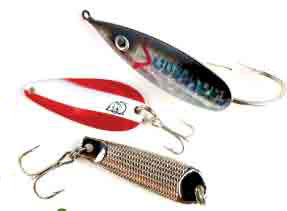 Spoons
Spoons
Made out of shiny metal to imitate the glisten of minnows and other bait fish, many spoons are shaped like the lower part of a teaspoon. Weights are used to achieve different depths, and different colors might attract different fish.
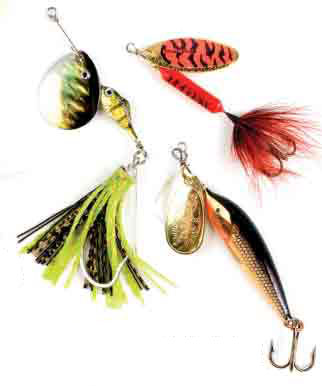 Spinners
Spinners
Like spoons, spinners are designed to flicker like a small baitfish swimming in the sunlight. A spinning blade makes up the front of the lure, which should be pulled through the water just slowly enough that the spin can be detected without a blur.
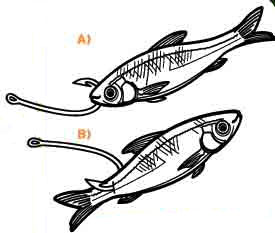 Hooking Live Bait
Hooking Live Bait
Some anglers choose to fish with live bait like minnows. Key word: Live. Don’t kill the bait when hooking it. Here are two ways to do it right:
A) Hook the minnow through both lips, starting from the bottom and going through the top, or
B) Place the hook through the minnow’s body near the tail.
Hooking methods for other types of live bait vary. It’s best to hook a crawfish through it’s tail, but you’ll get better movement from a worm by embedding the hood in its head.
Catch and Release
Releasing your fish after the catch is the right idea, but if you don’t do it the right way, you could harm the fish and defeat the whole purpose.
- Use artificial lures with barbless single hooks. They ‘re easy to remove and do less damage.
- Don’t play your catch to exhaustion: it might never recover. Release it as gently and quickly as possible.
- Don’t try to remove a deeply embedded hook; it can do more harm than good. Instead, cut off the line as close to the hood as possible.
- Don’t use stainless steel hooks. If swallowed, they will not dissolve over time.
- When possible, avoid removing the fish from the water.
- If you must use a net, use on that’s made of soft nylon, not hard mesh.
- Wet your hands before handling your catch. Support the fish horizontally in the water, avoiding the eyes and gills. Revive it by gently moving it back and forth in the water until it swims away on its own.
Leave a Comment